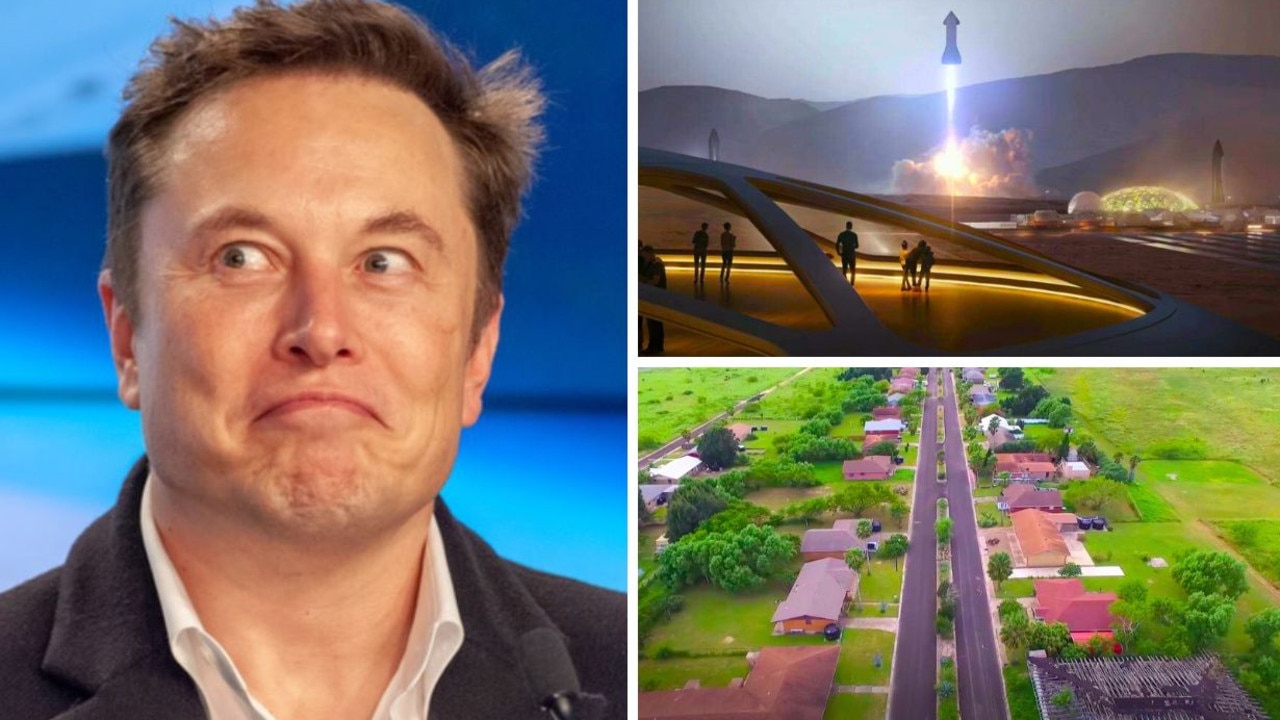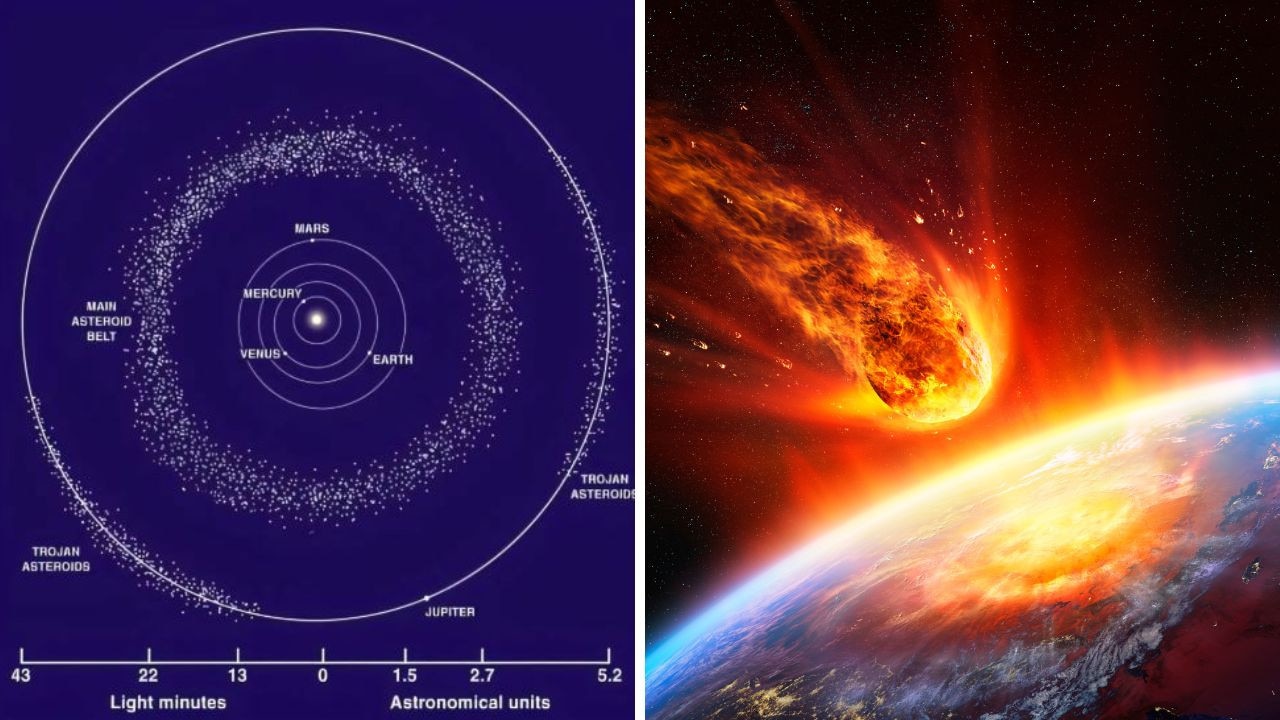Australian space company deploys next-gen satellite for global mineral exploration
Australia’s fastest growing company has made an appearance on the passenger list of Elon Musk’s latest space launch.
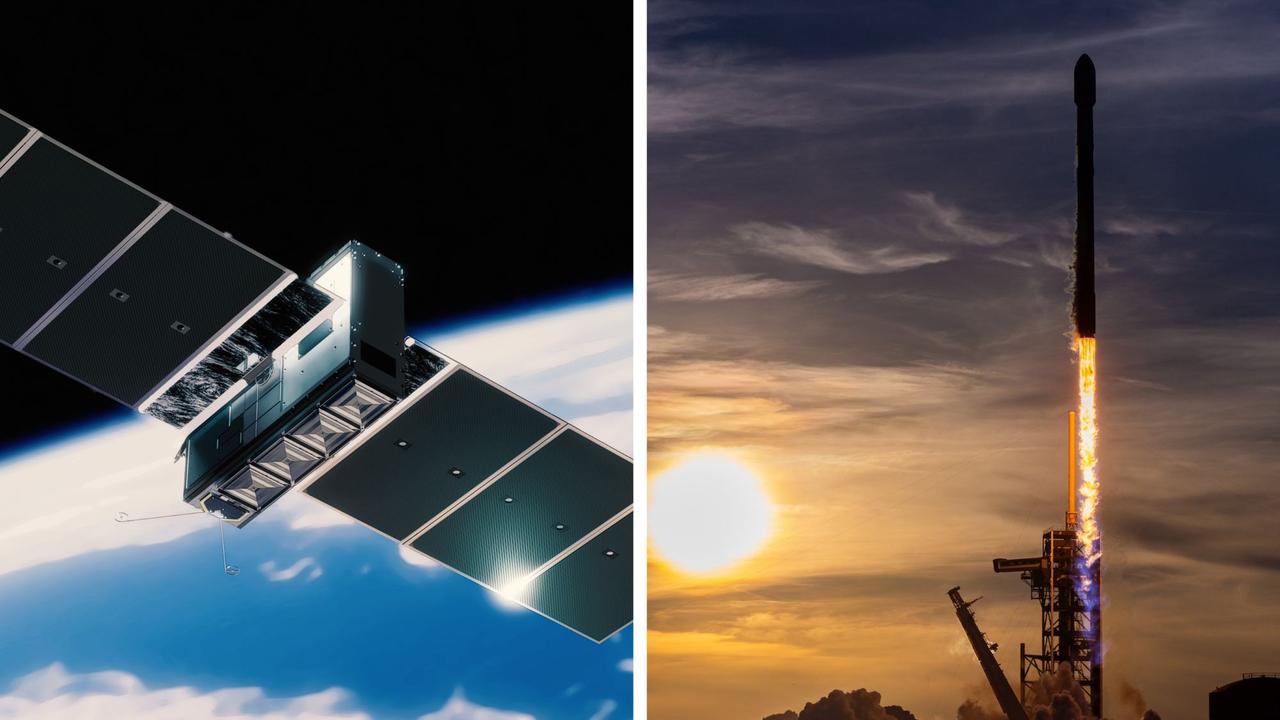
Some groundbreaking Australian tech has caught a “rideshare” to space on Elon Musk’s latest launch.
Fleet Space Technologies, a pioneering Australian space exploration company, has achieved a milestone by successfully launching its latest Centauri-6 satellite.
The satellite, part of Fleet Space’s ongoing efforts to break new ground in the space sector, was deployed as part of SpaceX’s Bandwagon-1 mission, launched from Kennedy Space Center in Florida aboard a SpaceX Falcon 9 rocket.
The Centauri-6 satellite joins Fleet Space’s constellation, bolstering its capacity to meet global demand for its mineral exploration solution — ‘ExoSphere’.
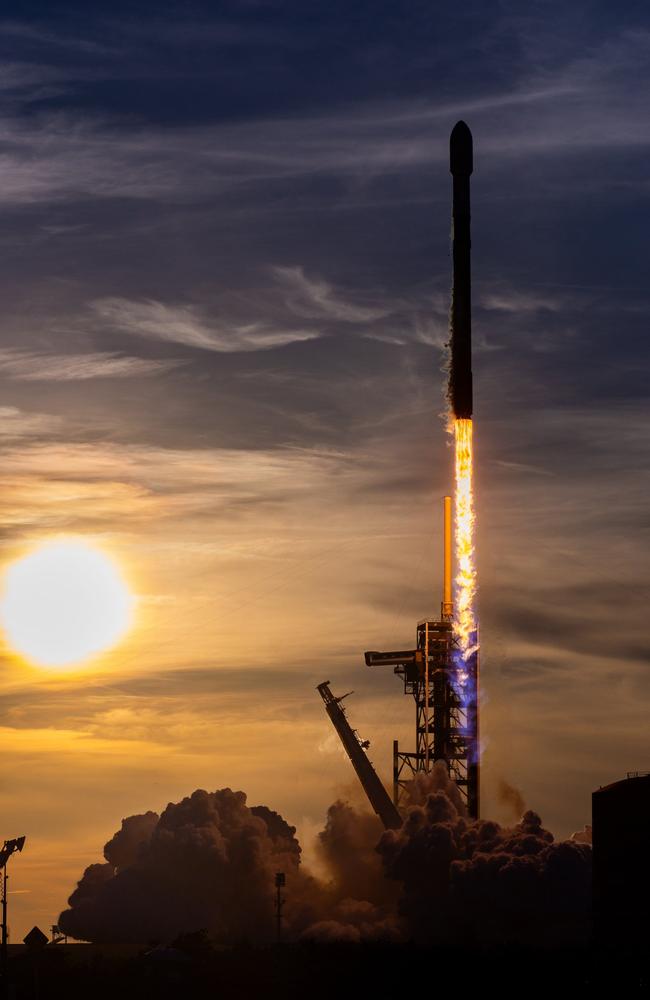
The advanced technology promises to revolutionise mineral exploration and enhance satellite communication capabilities through microsatellite architectures.
The Bandwagon-1 mission, labelled a “rideshare program”, carrying a payload of 11 small satellites, including Centauri-6, was launched on April 7 from Kennedy Space Center at 7.16pm local time (9.16am, April 8 AEST).
Among the other passengers was a South Korean spy satellite.
The booster successfully landed at Cape Canaveral Space Force Station.
“On board this mission are 11 spacecraft including Korea’s 425Sat, HawkEye 360’s Clusters 8 & 9, Tyvak International’s Centauri-6, iQPS’s QPS-SAR-7 Tsukuyomi-II, Capella Space’s Capella-14, and Tata Advanced Systems Limited’s TSAT-1A,” SpaceX’s mission description states.
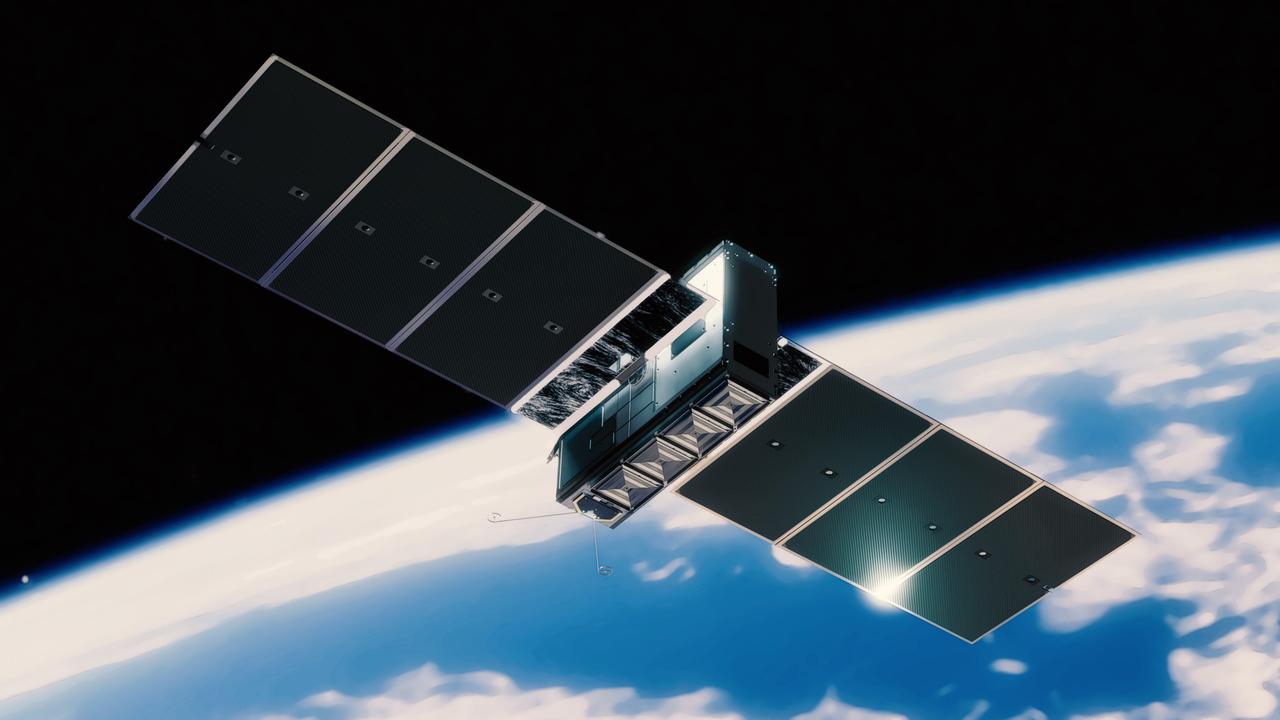
Flavia Tata Nardini, Co-Founder and CEO of Fleet Space said of the deployment: “Fleet Space’s successful deployment of Centauri-6 marks another significant achievement in our journey of exponential growth and innovation within the global space sector.”
The company’s recent advancements include Centauri-4 becoming the world’s smallest voice-enabled satellite, demonstrating Push-To-Talk (PTT) capabilities as part of the ASCEND2LEO program with the Australian Defence Force Joint Capabilities Division.
Additionally, Fleet Space’s SPIDER seismic technology is set to explore the Moon’s surface for water ice in 2026 as part of a NASA CLPS initiative in collaboration with Firefly Aerospace.
ExoSphere, Fleet Space’s mineral exploration solution, has been so successful that over 40 major exploration companies use it for critical mineral surveys across five continents.
“In leveraging the latest advancements in space technology, AI, and geophysics, Fleet Space is paving the way for more data-driven, scalable, and sustainable mineral exploration,” Ms Tata Nardini explained.
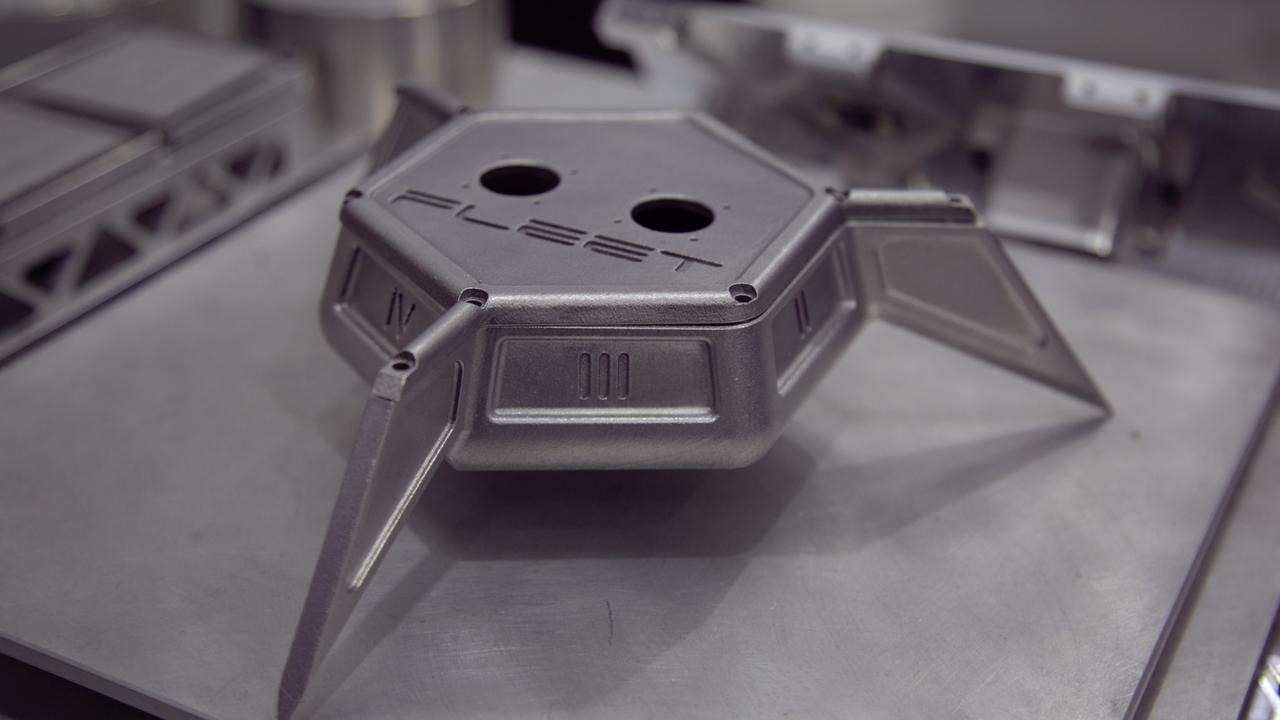

Centauri-6 boasts several upgrades to enhance its resilience and overall capacity to support Fleet Space’s satellite constellation.
These upgrades include greater uplink capacity and redundancy and an ion electric propulsion system powered by solar panels for manoeuvring in space.
The satellite also incorporates 3D-printed components, such as the metal patch antenna pioneered by Fleet Space.
“Innovation in microsatellite architectures is progressing rapidly, unlocking new possibilities across various sectors,” Matt Pearson, Co-Founder and Chief Exploration Officer at Fleet Space, said.
Fleet Space’s flagship mineral exploration technology, ExoSphere, combines satellite connectivity, edge computing, AI, and geophysics to deliver 3D sub-surface models of survey areas in record time, significantly accelerating mineral discovery processes.
Its clients include miners, Rio Tinto, Core Lithium, and Canada’s Barrick Gold.
Headquartered in Adelaide, Australia, Fleet Space Technologies has expanded its global presence to the US, Canada, Chile, and Luxembourg, with a diverse team of over 120 employees representing 37 nationalities.
In 2023, Fleet Space was recognised as “Australia’s Fastest Growing Company” by the Australian Financial Review.




